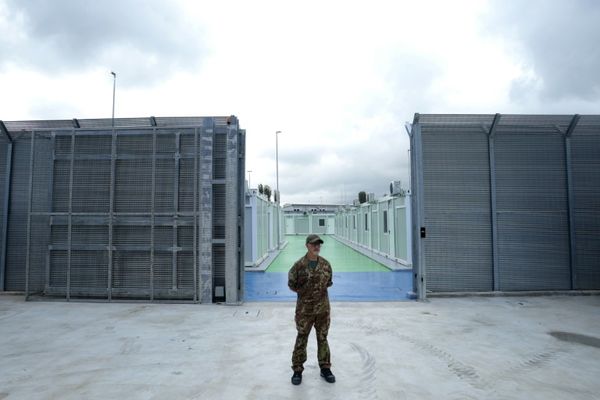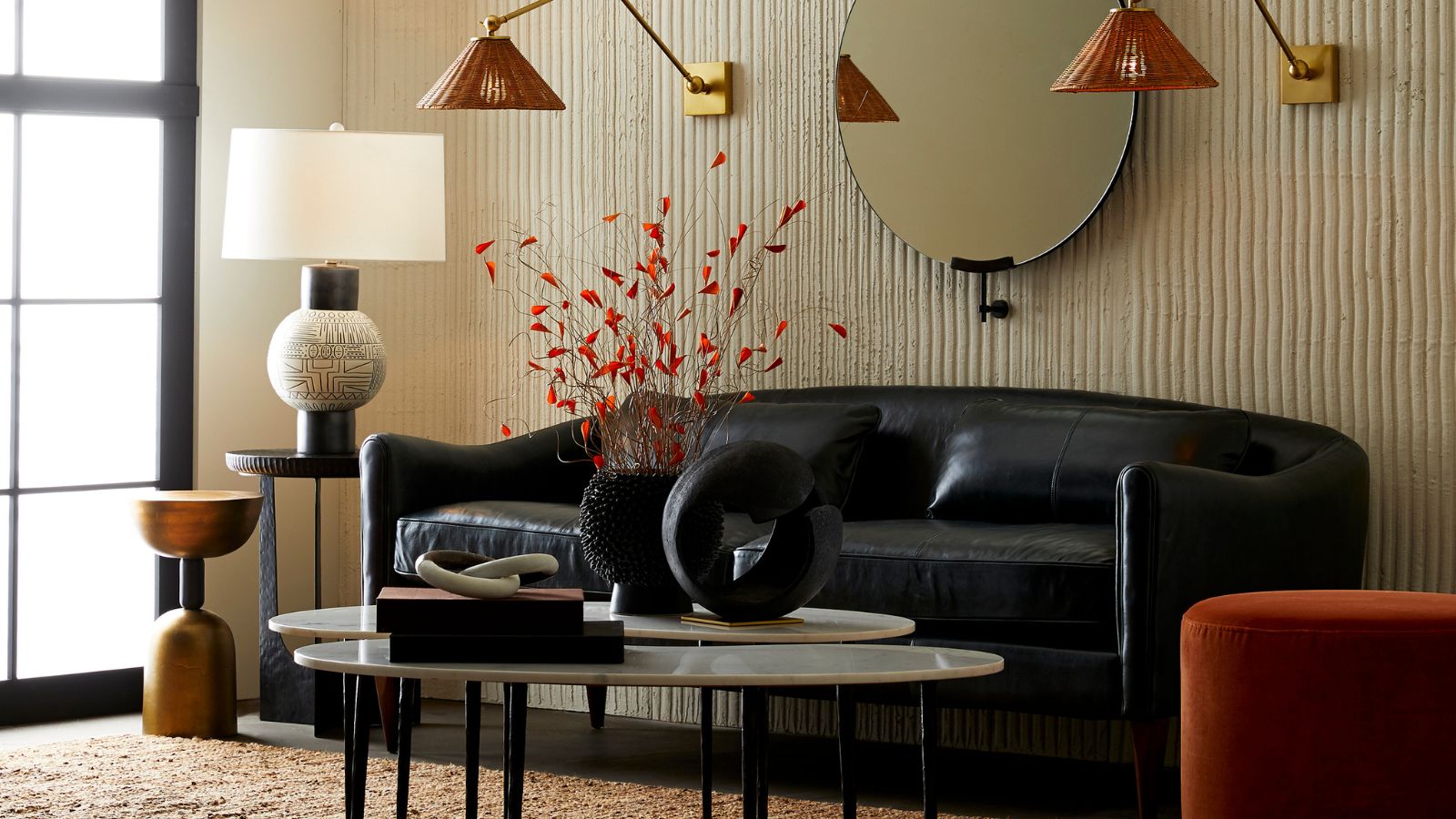
It's vital to remove mold from leather furniture as soon as you spot it; failing to do so can mean irreparable damage, not to mention a dank, musty smell you'll be keen to be rid of quickly. And, it can trigger allergies.
Cleaning a leather couch, armchair, ottoman, headboard – or even handbag or jacket – requires expert advice, however, and differs from both cleaning faux leather and cleaning upholstery generally.
We spoke to cleaning specialists about the best ways to remove mold from leather and to stop it from returning.
Why does mold grow on leather? And how to stop it
Before you tackle black mold removal, it's worth knowing why it is growing on your leather in the first place. This knowledge will stop it from returning so that you don't have to keep repeating the processes below.
Mildew and mold on leather tend to appear as greenish-black (like you might find growing on a shower curtain) but it might also be whitish and furry, and it tends to appear in rooms that are damp or humid, unventilated, and have limited natural light. If you can improve these conditions, you can avoid future growth once you've removed the mold from your leather.
This is how:
Remove leather from mold in 4 easy steps
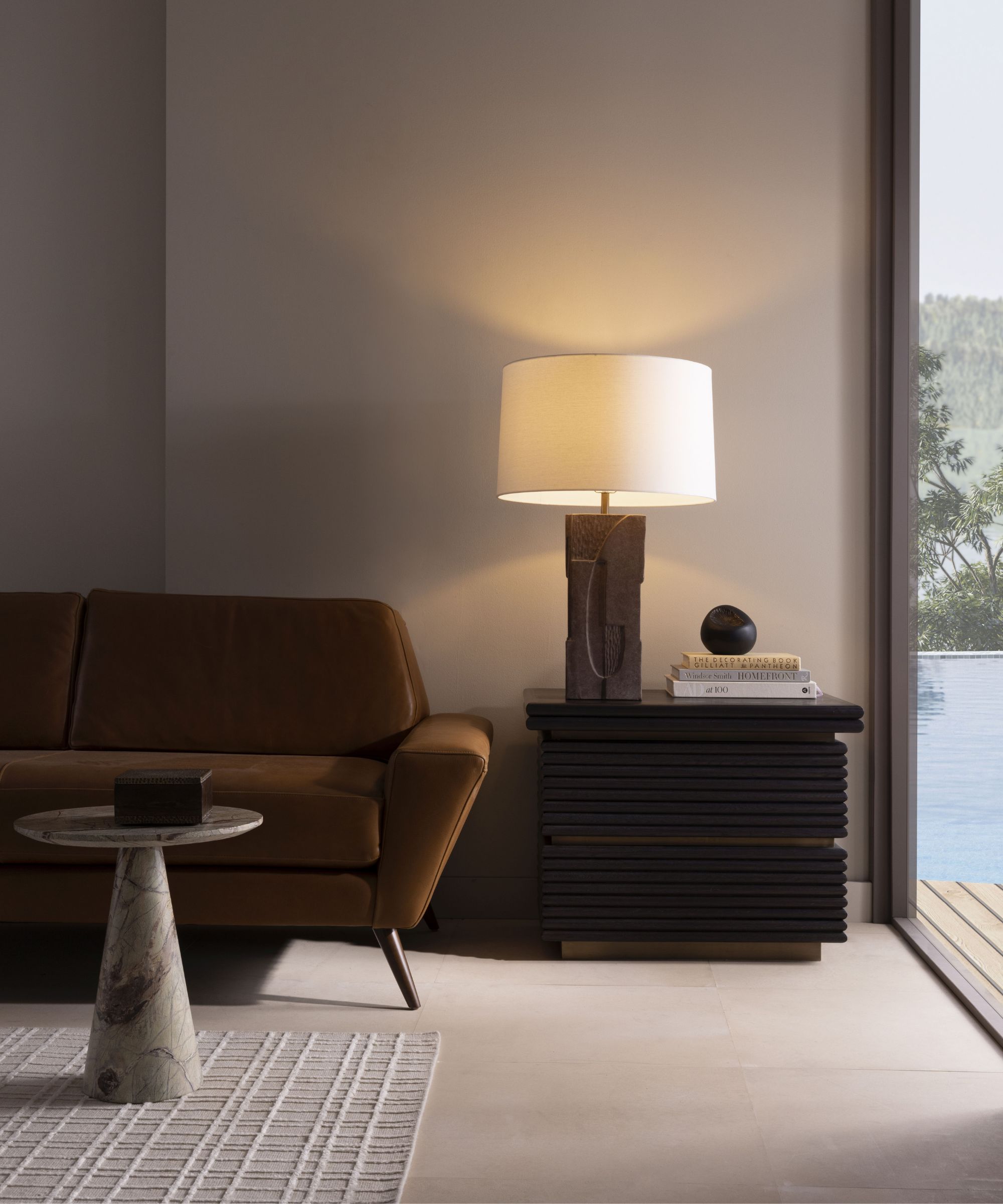
You will need:
- A soft cloth (Lint-free leather cleaning and buffing cloths from Amazon work well)
- A soft leather cleaning brush
- A handheld vacuum cleaner with an upholstery attachment
- Mild soap, such as Kiwi Saddle Soap, at Amazon;
- Leather cleaner – Leather honey leather cleaner has nearly 18,000 5-star ratings on Amazon. Additionally, multiple brands specifically focus on mold and mildew stains like Lexol-NF alkaline-free cleaner, Leather Master mold killer, and Fiebing's saddle soap.
- Rubbing alcohol
- White vinegar
- Leather conditioner - additive-free is best
- A face mask, goggles and gloves
1. Remove loose mold
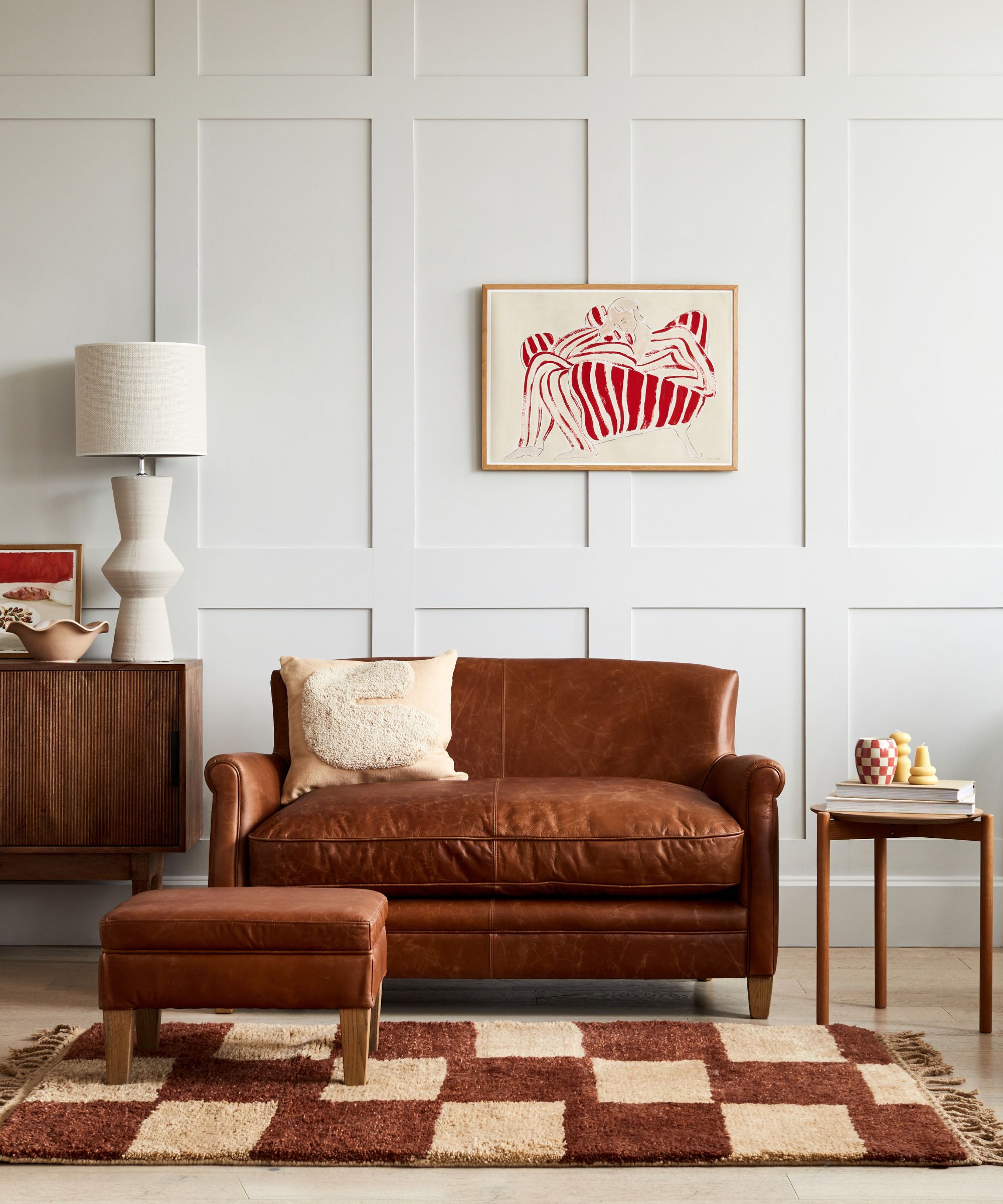
If you can move your furniture outside to work, do. Otherwise, open windows and lay down some old newspaper or an old sheet to stop mold from spreading onto the flooring, particularly the carpet. Either way, get your protective gear on – particularly if you suffer from allergies.
Next, take your vacuum cleaner and gently vacuum the mold.
'You may also need to take your soft brush to the mold and work gently to remove loose mold spores,' advises Eliana Coca, owner of E.C. House Cleaning.
'Again, vacuum up the mold from the furniture and floor as soon as possible to stop the spores from settling back onto the surface or spreading indoors or spreading further.'
When you're done, be sure to clean your vacuum; empty it into the trash outside when you are done, and wash out the canister, brush, and filter to stop mold spores from spreading.
2. Clean away the mold
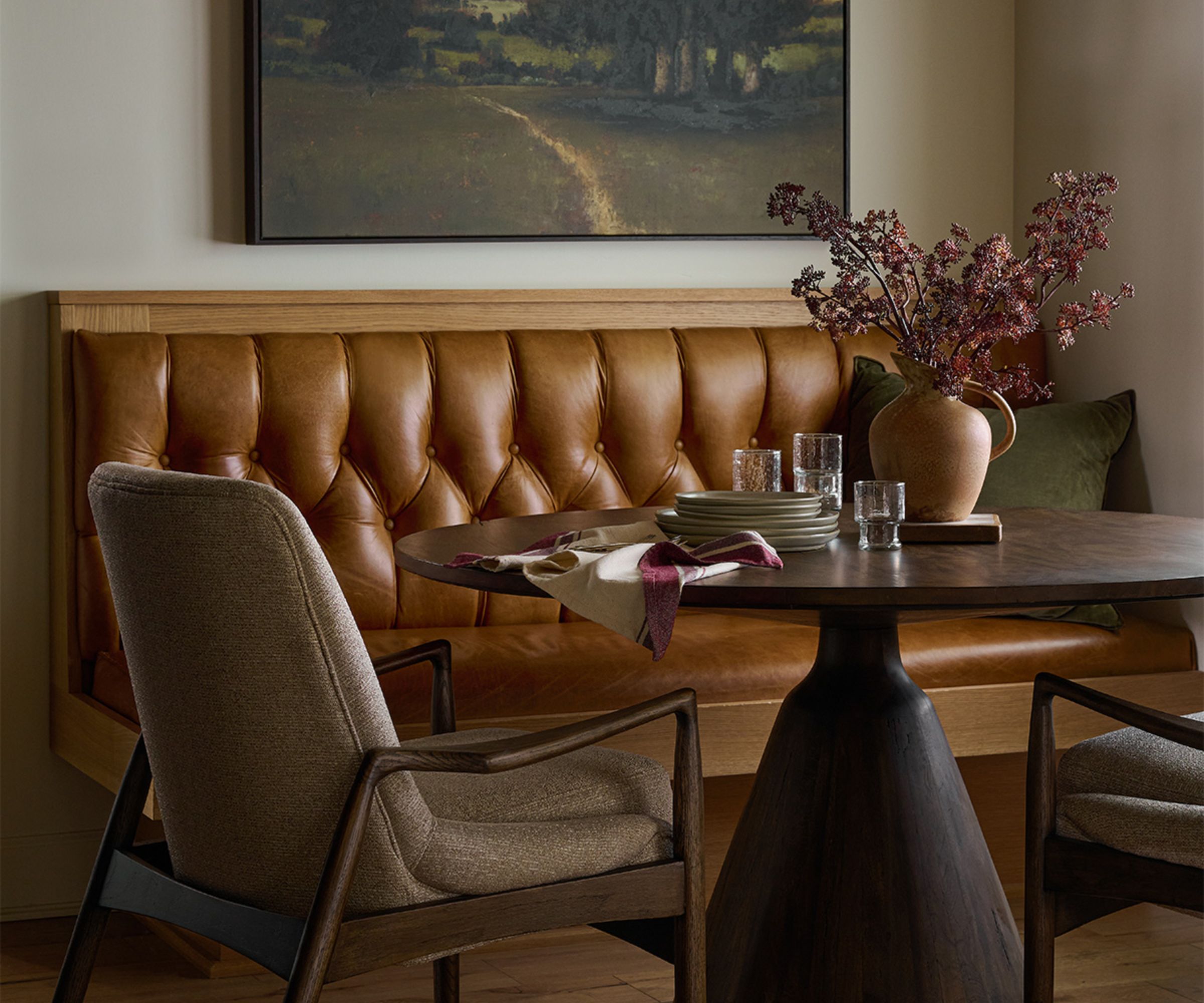
Use the leather cleaner, following the manufacturer's instructions, to gently apply it to the target area. Be careful to dampen and not to wet the leather. You can substitute the leather cleaner for a mild solution of soap and warm water, but a leather cleaner is likely to give you a better result.
Additionally, John Smith, a leather expert and textile designer at Leather Skin Shop recommends cleaning with tea tree oil, diluting it with water in a spray bottle, and spritzing the affected area. 'Tea tree oil is a natural antifungal agent that helps kill mold and prevent regrowth. Let it sit for a few hours or overnight. Wipe away the oil with a clean cloth.'
Always experiment with your cleaning solution on a small patch that's out of sight first (perhaps around the back of the furniture) so that if it causes damage or discoloration, it can't be seen.
Ensure you apply your cleaning solution right into the crevices of your furniture. If you do not get rid of all of the spores, you will find they quickly spread. Repeat the process if necessary. Rinse off the cleaner according to the manufacturer's instructions.
Ensure all materials and tools used to clean the mold are either cleaned thoroughly or disposed of.
If your leather furniture sits on a carpet or area rug or near other upholstery or has throw pillows on it, it is wise to steam clean and vacuum this, too. Nearby walls and hard floors should also be thoroughly wiped down with an antifungal cleaner. This thoroughness will stop the spores from spreading further and returning to regrow on your furniture.
3. Allow the leather to dry
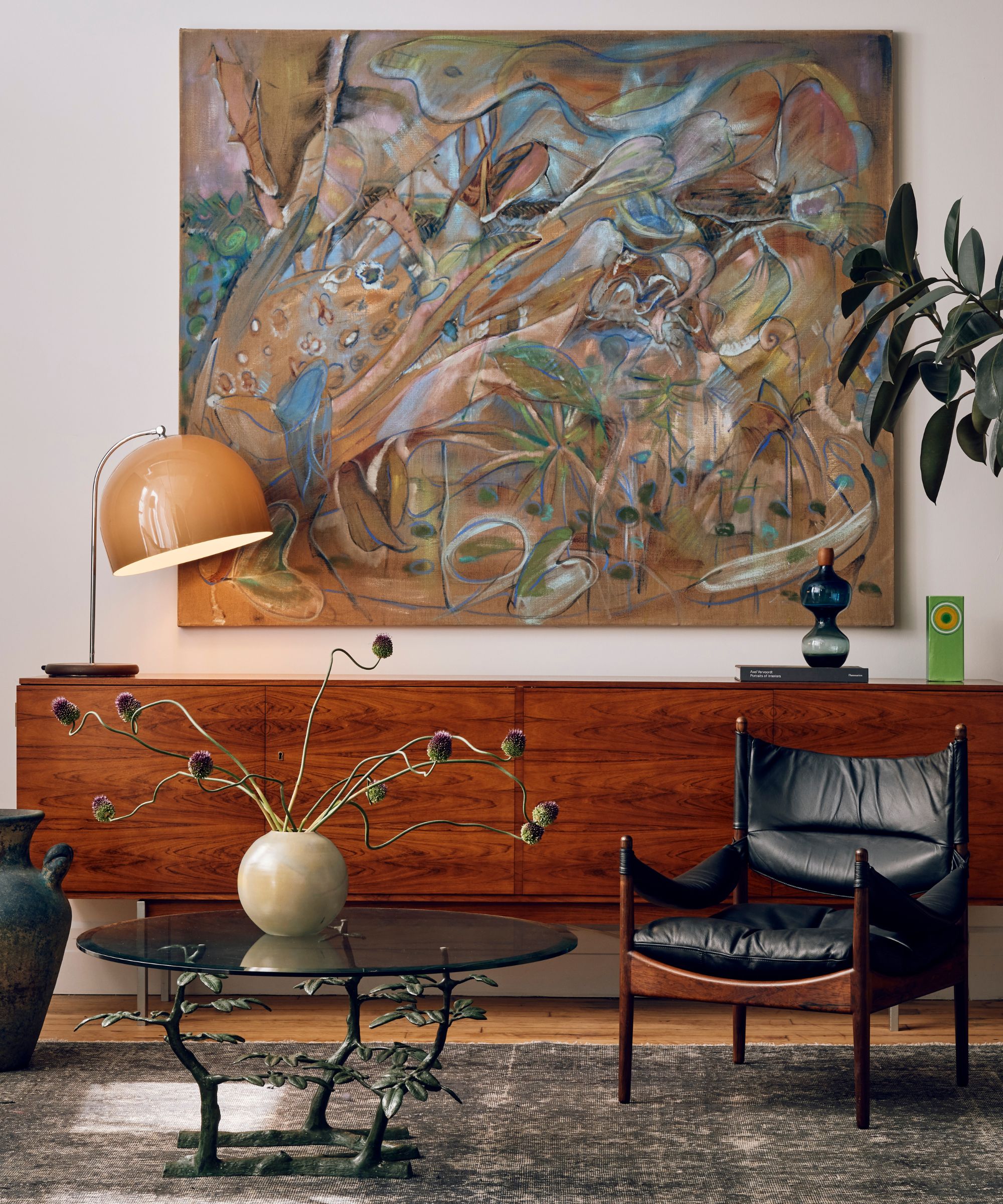
'After cleaning, the leather should be gently dried with another clean, dry, soft cloth – an e-cloth is perfect for this job – to remove excess moisture,' advises Eliana Coca. 'This is crucial as excessive dampness can further damage the leather.'
Dab at the damp leather to remove as much of the moisture as possible from the surface. If you can, leave the furniture outside to dry, out of direct sunlight, or keep the windows open as long as possible to allow for airflow within the space.
Do not be tempted to dry the leather with a hair dryer – as with sunlight, harsh drying can cause the leather to crack and shrink.
4. Condition the leather

Only once the leather is fully dry, use a dry, clean, soft cloth to apply leather conditioner with a mold inhibitor, following the manufacturer's instructions. This will act like a face cream to moisturize the leather and protect it, not just from spills, but also from future mold growth.
FAQs
Can I use vinegar to remove mold from leather?
As anyone who has had to remove ink from leather might know, you can use white vinegar for cleaning leather. Vinegar can be used to kill mold, however, you need to ensure it is diluted equally with water, and follow the process above, dampening rather than wetting the leather. Cleaning with vinegar can work well on particularly stubborn mold stains but do test a largely unseen area first. Rubbing alcohol can do a better job than vinegar.
Can I use lemon to remove mold from leather?
You can use lemon juice, diluted in equal parts with water, to remove mold from leather furniture, but it does have bleaching properties, so be aware that it may lighten the leather, too.
Can I use bleach to remove mold from leather?
Never use bleach to for mold removal on leather; while it is effective on other surfaces, it can ruin a piece of leather furniture instantly.
Removing mold from leather furniture is easily done. However, it pays to tackle the job sooner rather than later because left unchecked, the mold can eat into the material and do irreversible damage quickly. If you have tried the process above and it has not worked, it is worth trying it again, but if repeated applications do not work, it will be worth consulting professional leather cleaners to see if they have more luck.





